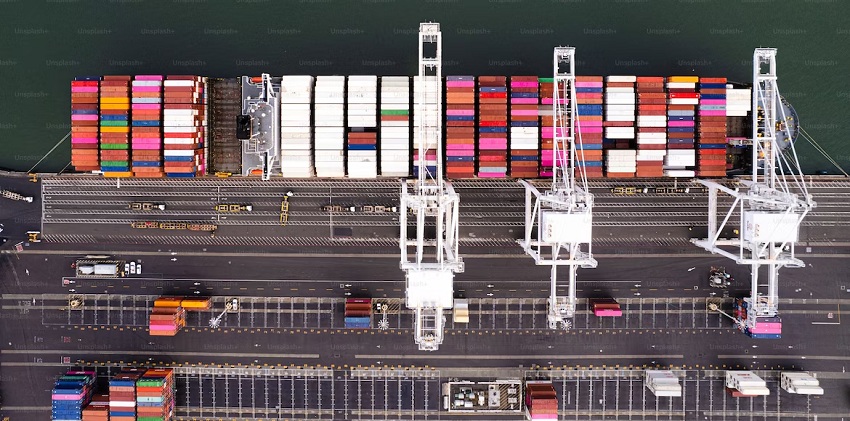In the global economy, consumers are used to seeing products from nearly every corner of the world in their local grocery shops and retail stores. These overseas products, also known as imports, provide more choices for consumers. And seeing as they’re typically manufactured more cheaply than any domestically produced equivalents, imports can help consumers manage their budgets.
Mahmoud Eid is a Houston-based entrepreneur with experience in the import and exporting industry. He serves as the director of a general supply company and offers his insights on the industry.
Today, he explains how the import and export industry impacts the global economy.
“When there are too many imports coming into a country in relation to its exports [products shipped from that country over to a foreign destination], it has the ability to distort a nation’s balance of trade, consequently devaluing its currency,” Eid explains thoughtfully. “The devaluation of a country’s currency obviously has a huge impact on the everyday life of a nation’s citizens, because the value of a currency is one of the biggest determinants of a nation’s economic performance overall, and its gross domestic product (or GDP).”
Maintaining the appropriate balance of both imports and exports is essential for a country. The importing and exporting activity of a country can influence said country’s GDP, as well as its exchange rate, and its level of inflation and interest rates.
Impact on gross domestic product
“Gross domestic product GDP is a broad measure of a nation’s overall economic activity, in plain terms,” says Eid. “Imports and exports are important indicators of the expenditures method of calculating GDP.”
Is importing or exporting better for the economy?
“It’s not a matter of one being better or necessarily worse than the other. In a thriving economy, both imports and exports are experiencing growth,” says Eid. “If one is growing at a greater rate than the other, however, this can impact the economy in negative ways.”
For example, strong imports mixed with weak exports likely mean that the state’s consumers are spending their money on more foreign-made products rather than foreign consumers spending their money on state-made products. A balance between the two is key.
What are the benefits of exporting?
“When exports outpace imports, this results in a trade surplus and is often a sign that the state’s manufacturers are doing good business, which inevitably leads to strong employment. We see this a lot in the Houston economy,” says Eid.
What potential problems does importing cause?
“Imports that outpace exports by a significant percentage can impact the dollar’s exchange rate in a variety of complex ways,” says Eid. “A strong import market typically correlates with the dollar being strong, which can limit exports due to U.S. goods being more expensive than foreign markets.”
The bottom line
Inflation, interest rates, the value of the dollar, and the nation’s overall GDP all are impacted by foreign trades, such as imports and exports. In an ideal world, both imports and exports should be experiencing growth to make for a healthy economy. Exports outpacing imports in terms of growth is often a sign that foreign economies are stronger than the domestic economy because of the market for buying state goods. The opposite impact may be true if the growth of imports exceeds exports.












